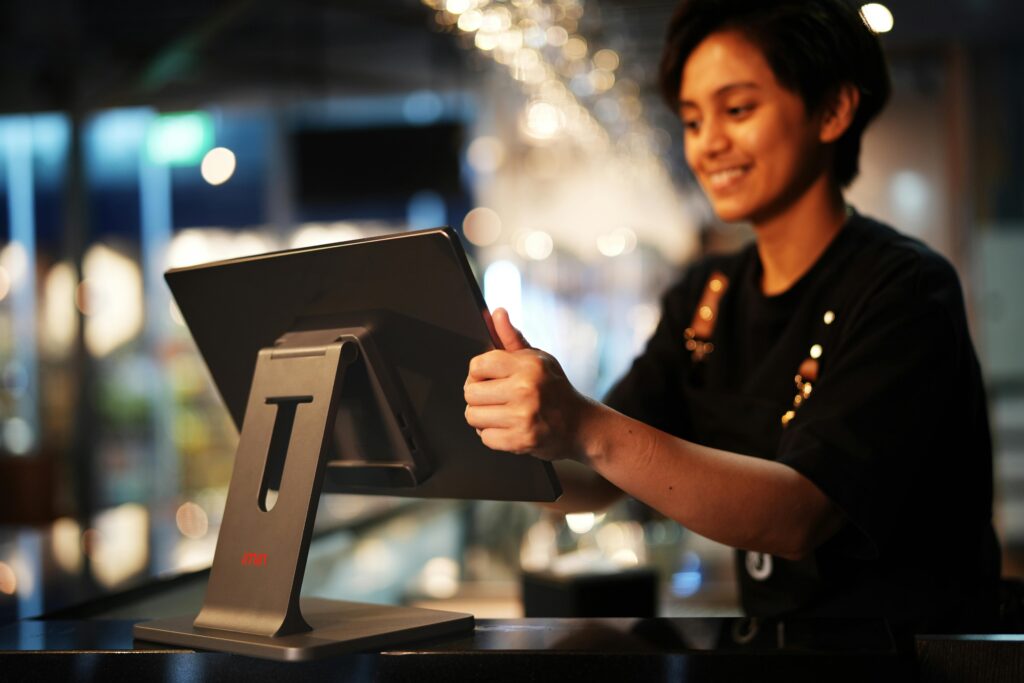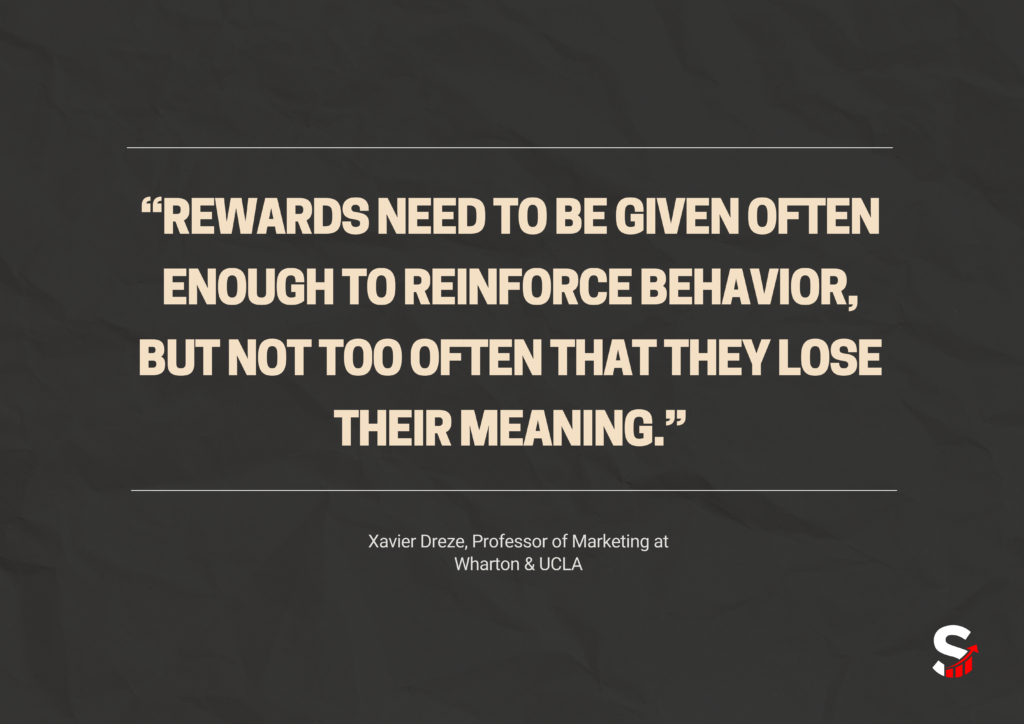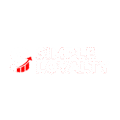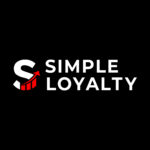
Picture this: It’s Friday night, your restaurant is alive with energy, tables are full, and your regulars are back, savoring their favorite dishes. Now imagine turning even more first-time diners into loyal fans who keep coming back for more. That’s the power of a well-designed loyalty program!
But what makes a loyalty program truly effective? And how can it help you boost your restaurant profits by 25-95%? In this post, we’ll dive into the psychology behind why loyalty programs work, revealing how they influence customer decisions in meaningful ways. By the end, you’ll see how tapping into these insights can turn one-time visitors into loyal regulars and elevate your business beyond simple transactions. Let’s get started!
- Start by Defining Clear Loyalty Goals to Shape Customer Behavior
- Next, Align Loyalty Goals with Behavioral Psychology Insights
- How to Motivate Customers to Participate in Your Loyalty Program from the Start?
- How to Turn One-Time Visitors into Loyal Regulars?
- How to Keep Customers Coming Back for More?
- How to Make Customers Feel Like They’re Already Progressing Toward Their Reward?
- How to Entice Customers to Come Back at Specific Times?
- How to Make Customers Feel Exclusive with Your Loyalty Program?
- Loyalty Starts with Psychology
Start by Defining Clear Loyalty Goals to Shape Customer Behavior
When you’re setting up your loyalty program, it’s important to think about what you want to achieve. Without clear goals, you might just end up wasting your budget and frustrating yourself in the process.
First things first: What customer behavior do we want to influence? This could include:
- Boosting Customer Retention: Encourage customers to return regularly instead of exploring competitor options.
- Increasing Average Spend: Motivate customers to order signature meals, drinks, or extras like desserts.
- Attracting New Customers: Use enticing sign-up perks to draw in first-time customers.
- Understanding Preferences: Leverage data to discover which menu items or promotions resonate most with your customers.
- Increase Revenue During Off-Peak Hours: Prompt additional visits during off-peak hours or for limited-time specials.
If you’re new to the restaurant game, here are some goals to consider:
- Increase Visit Frequency: Reward repeat visits with perks like discounts or special offers after a certain number of meals.
- Encourage Bigger Orders: Highlight your premium menu pairings or offer combo deals to encourage more spending.
- Build Emotional Connections: Create a welcoming vibe where customers feel special and want to tell their friends about you.
Next, Align Loyalty Goals with Behavioral Psychology Insights
Now that we’ve got some goals in mind, let’s dive into how we can use psychology to make your program even more effective.
How to Motivate Customers to Participate in Your Loyalty Program from the Start?
So, how do you get people excited to join your loyalty program in the first place? Start by applying the Behavioral Potential Formula by social learning expert Julian Rotter. The formula focuses on two key factors: Expectancy and Reinforcement Value.
- Expectancy: Customers need to feel like the reward is within reach. If they know they’ll get a free drink after just a few visits, they’ll be motivated to join right away.
- Reinforcement Value: The reward needs to be something your customers actually want. Whether it’s a free meal, a discount, or a special treat, make sure it’s something they’ll appreciate.
It’s all about understanding what your customers love and offering rewards that speak to them. Give them options to choose from and keep them coming back for more!
McDonald’s U.S.: Rewards Customers Love
Check out McDonald’s “MyMcDonald’s Rewards” program—they’ve mastered the Behavioral Potential Formula. Right off the bat, they offer a free McCrispy™ with a $1+ purchase when you download the app. That’s a reward customers can easily expect and get excited about!
They also offer points with every dollar spent, and customers can redeem those points for free items like McChicken® or Big Mac®—perks that resonate with the audience. By offering options, they even cater to a wide range of preferences, appealing to a broader customer base!
How to Turn One-Time Visitors into Loyal Regulars?
Got a one-time visitor? Here’s how to turn them into a loyal customer: Positive Reinforcement! This is all about rewarding customers for specific actions, like making a purchase, so they feel encouraged to keep coming back for more. It’s rooted in Operant Conditioning, a concept introduced by psychologist B.F. Skinner, which shows that rewarding good behavior increases the chances of it happening again.
For your restaurant, you can make it happen with something like offering a free drink after a customer orders their main meal or giving points with every purchase that can be redeemed for discounts or special items. These little rewards help create a sense of excitement and anticipation, motivating customers to return for their next visit!
But here’s the catch.
It’s all about finding the perfect balance!
Marketing expert Xavier Dreze puts it best:

Pizza Hut Malaysia: No Cap on Rewards!
Pizza Hut Malaysia has a great example of positive reinforcement in action with their Hut Rewards program. Customers earn slices for every RM30 spent, and the more they spend, the more slices they can redeem. This keeps customers engaged, and since there’s no cap on the number of slices, the rewards feel limitless!
How to Keep Customers Coming Back for More?
You’ve got customers coming back for rewards, but how do you keep the momentum going and push them to reach the next level of loyalty? It’s all about guiding them through their reward journey!
That’s where the Goal Gradient Effect comes in. Introduced by psychologist Clark Hull in 1932, this principle shows that people work harder as they get closer to a goal. The closer your customers are to a reward, the more motivated they’ll be to reach it. They’ll likely spend a bit more, visit more often, or order bigger-ticket items to get there faster.
But note this: If the goal feels too far off, customers might lose interest. Setting a reward threshold that’s too high could make them give up, so it’s important to find that sweet spot. Keep them engaged by making their next reward feel attainable!
Nando’s UK: The Fun of Reaching the Reward!
Nando’s UK loyalty program brilliantly applies the Goal Gradient Effect to keep customers engaged. By spending £7 or more per order, customers collect Chillies to unlock rewards. The ultimate goal? A Red Reward—free whole chicken and a meal with regular sides. Along the way, smaller milestones like the Green Reward (1/4 chicken, 3 wings, or a starter at 3 Chillies) and the Orange Reward (1/2 chicken at 6 Chillies) keep motivation high. Their interactive website and app even maps out the journey, making progress fun and rewarding, encouraging customers to keep coming back!
How to Make Customers Feel Like They’re Already Progressing Toward Their Reward?
Here’s a fun one—the Endowed Progress Effect! It’s about making customers feel like they’re already making progress toward their reward, even before they’ve fully started. Research by Dreze and Nunes shows that when customers perceive they’ve made headway—like with bonus points or a special offer just for joining—they’re more motivated to keep going.
For example, if your program offers a free meal after 10 visits, count the first one as two. That small head-start makes them feel like they’re already on their way to a reward. Just ensure they can track their progress clearly. If it’s too easy, it loses its appeal, but the right balance will keep them engaged and excited to return!
Pinkberry: Halfway to Rewards Right from the Start!
Pinkberry offers a loyalty program where every rounded dollar spent earns 1 point, and collecting 50 points unlocks a $5 reward. Here’s the surprise—when customers register their account, Pinkberry immediately gifts them 25 bonus points, putting them halfway to their first reward before making a single purchase. This smart use of the endowed progress effect creates a sense of progress from the start, making it even more rewarding for customers to indulge in their favorite swirls!
How to Entice Customers to Come Back at Specific Times?
FOMO—Fear of Missing Out—is a powerful motivator! It taps into the desire to avoid missing something exclusive, creating urgency that drives action. Limited-time offers make rewards feel special and encourage customers to act fast, ensuring they don’t miss out on the deal.
This ties into loss aversion, which suggests that people are more driven by the fear of losing something than by the desire to gain. When customers feel like an offer could disappear, they’re more likely to take advantage of it quickly.
The trick is to balance exclusivity—time-limited rewards like a special drink or expiring voucher create excitement without overwhelming your customers. Get the balance right, and your customers will keep coming back!
Zus Coffee: There’s Always A Voucher!
ZUS Coffee masters FOMO with limited-time vouchers and exclusive drinks available only for a short period on their app. Dubbed “The App That Keeps on Giving,” they keep offers fresh and exciting, making every visit feel like a must-have treat. This strategy drives repeat visits, turning each offer into an unmissable opportunity!
How to Make Customers Feel Exclusive with Your Loyalty Program?
Want your customers to feel like VIPs? Offer them something exclusive, like early access to new menu items or reserved seating during busy times. These rewards tap into the concept of social identity, where customers feel valued and special within their social circles. It’s not just about discounts; it’s about giving them something to share proudly with friends, enhancing their sense of belonging and status. These unique perks make customers feel like they’re part of an elite group, driving loyalty and repeat visits!
But remember, exclusivity should feel earned. If the rewards are too easy to get, they won’t feel as special. Consider resetting progress every so often to keep that sense of achievement alive!
Nespresso: Join the Elite Club
Nespresso’s Nespresso&More loyalty program is a great way to boost engagement by making customers feel part of something exclusive. As you advance through the program, you unlock awesome perks like free delivery, private sales, and even new machines. The VIP tier, earned after 10 years or by consistently enjoying more than 3 capsules a day, gives you the most exclusive rewards. It’s like being in an elite club, enjoying premium benefits while feeling that elevated status. By tying rewards to both time and engagement, Nespresso keeps you motivated to stay loyal!
Loyalty Starts with Psychology
There you have it—the psychology behind loyalty programs! By tapping into key behavioral insights, you can create a program that keeps customers coming back for more.
Here’s a quick recap:
- Set Clear Goals: Identify what you want to achieve—whether it’s boosting retention, increasing spend, or attracting new customers.
- Motivate Participation: Offer rewards that are both attainable and desirable from the start.
- Encourage Loyalty: Turn one-time visitors into regulars with positive reinforcement.
- Guide the Journey: Use the Goal Gradient Effect to keep customers motivated as they near rewards.
- Create Progress: Make customers feel they’re already on their way with the Endowed Progress Effect.
- Use FOMO: Create urgency with limited-time offers to spark immediate action.
- Make It Exclusive: Offer special perks that make customers feel valued and part of an elite group.
By applying these strategies, you’ll build stronger customer loyalty and ensure long-term success. Ready to put these insights into action? Let SimpleLoyalty be your partner in creating impactful loyalty campaigns that drive real results!
Writer


